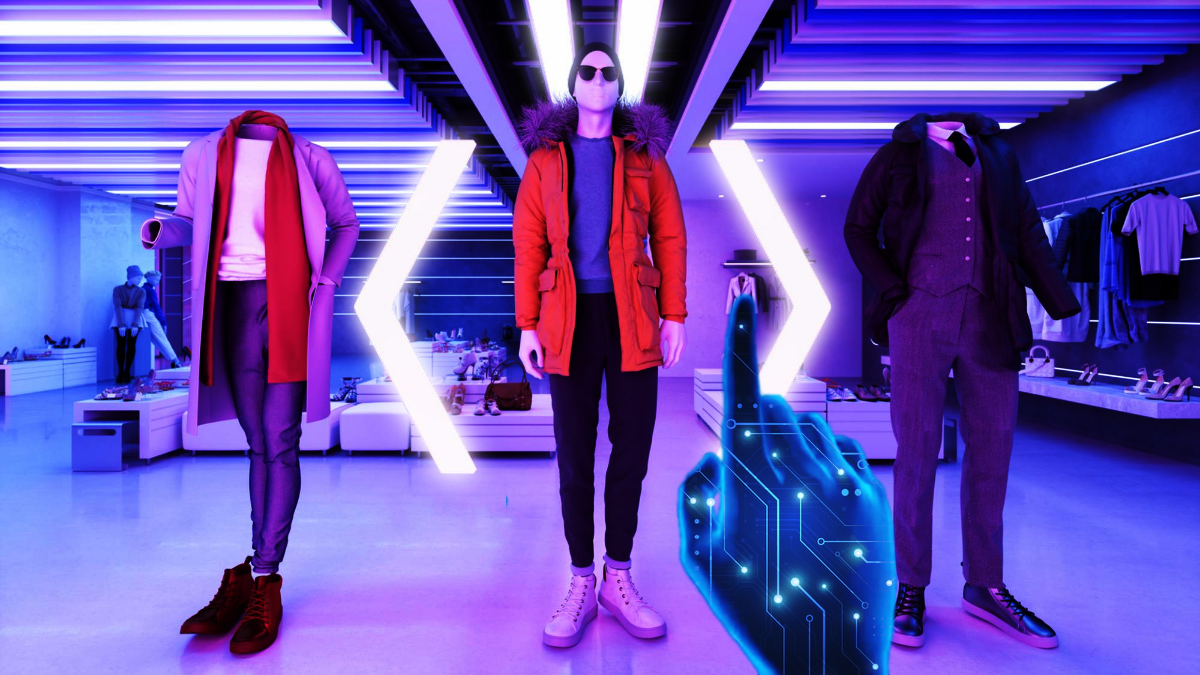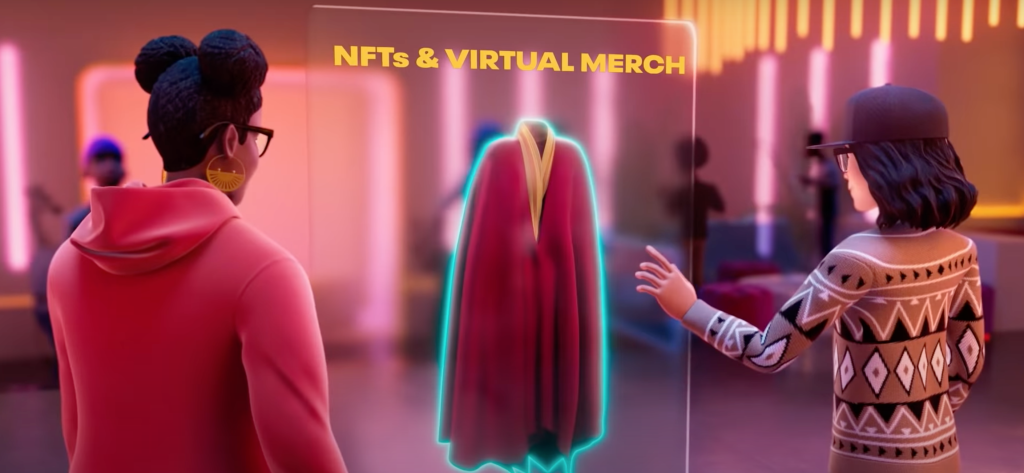
The evolution of commerce, from physical to virtual
Technological possibilities have made it possible to find new and different forms of commerce. These began with the arrival of the Internet into our lives, introducing new markets for exchanges and favoring internationalization. This is how online sales, ecommerce and even, later on, sales through social networks began. And, just as happened with the advent of the Internet, the mass adoption of the Metaverse, when it happens, will bring about new business models, new markets and new ways of trading.
- The demographic and psychographic data
- The development of skills
- The gamification and interaction of the user
- The creation of events and the specialization of the user. creation of events and immersive experiences
- The connection with the community and fandom
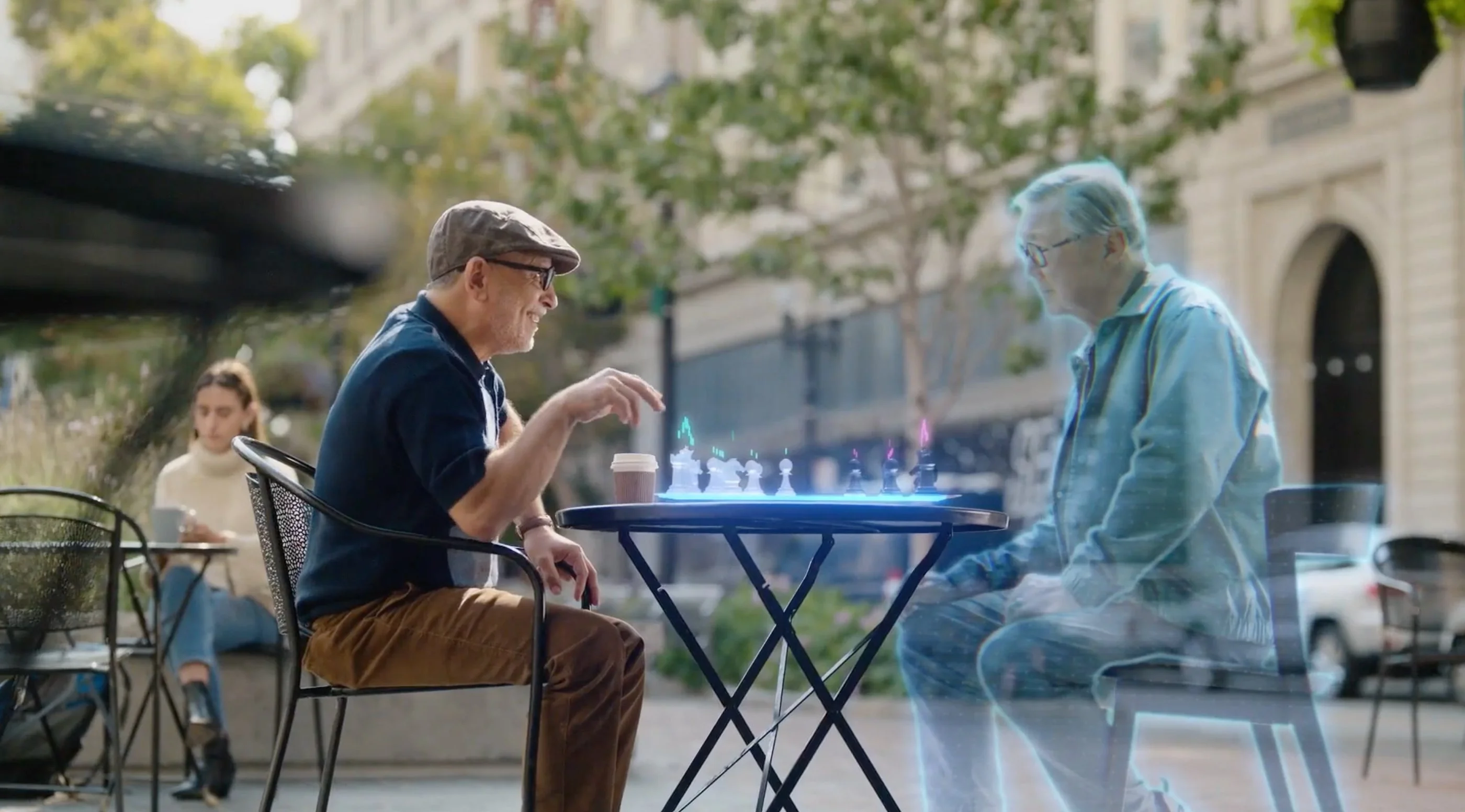
What is the current market situation in the Metaverse?
Main business models in the Metaverse
The first 3 are already possible, and the fourth will be in the future... And that means that consumers, already in the present but especially in the future, will demand more and more this way, not only to buy, but to relate and interact with their favorite brands.
D2A, the model of Free to Play video games
There is an emerging business model in the virtual world focused on providing new products to modify the digital presence of users, i.e. their unique virtual avatar. For this reason, it is referred to as D2A and stands for Direct-to-Avatar.
This business model leaves aside traditional marketing techniques, focused on selling to people, and places the focus on selling to the avatar, whose aesthetics and appearance in the virtual world is highly valued by the new generations of consumers, the main stakeholders in the Metaverse. So much so, that in some cases they value their digital presence as much or more than their real-world presence.
And for this reason, D2A is becoming a fast-growing segment of the digital market that achieves a greater sense of connection with the user, through their avatar, to buy digital goods that sometimes may or may not have their real-world counterpart.
The clearest example can be found in the sale of skins, virtual garments and cosmetic products, both in video games such as Fortnite and League of Legends or in virtual environments such as Decentraland and Roblox.
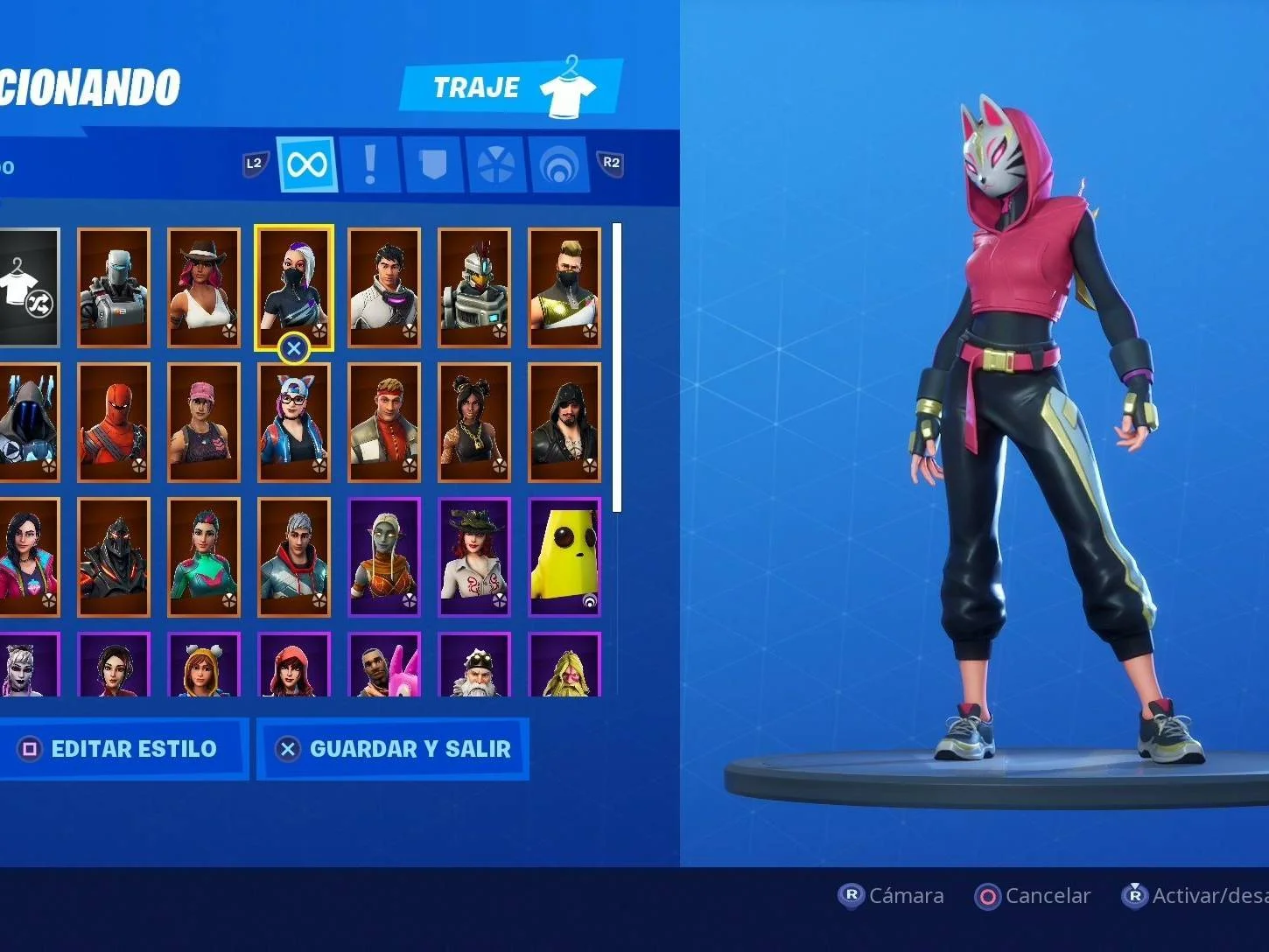
Avatar development for the fashion industry
V2P, the direct purchase model in the Metaverse
What if from the virtual world we could buy physical products for the real world? Is this possible? Similar to how we buy products over the Internet, it will be possible in the near future, but instead of buying in a static 2D web we will do it in a 3D web and through the Metaverse.
This is a new form of commerce that we can call V2P, i.e. Virtual-to-Physical. Virtual-to-physical activations involve purchasing a virtual good or making a purchase within a first virtual marketplace that allows us to obtain some kind of physical product or experience.
To understand it better we can imagine that David Guetta gives a concert in the Metaverse and takes the opportunity to put on sale 20 unique commemorative NFTs related to his best tracks. And by buying one of these NFTs, the buyer also gets a VIP ticket for his next in-person concert. There we would have a virtual to physical purchase!
Although it could also be simpler, creating a virtual showroom from which you could buy the brand's products and replacing the traditional ecommerce that we all know.

P2V, the model of experiential physical products
However, we can also find the opposite case in which the purchase of a product in the real world has an associated virtual product or an exclusive immersive experience. This model is called P2V and stands for Physical-to-Virtual, being just the opposite of the previous one, the purchase of a physical product has a purely virtual benefit associated with it.
We can consider that this model is simpler and more effective for companies whose customers are not so involved with the virtual world, giving them the convenience of having a physical item or experience in the real world, regardless of whether they later decide to materialize and take advantage of the virtual benefit or not.
An example of this business model would be Grandes Vinos products, marketed under its "El Circo" and "Beso de Vino" brands, which include an immersive Augmented Reality experience that can be enjoyed by downloading its app and pointing it at the wine bottles. A way to complement the purchase with a virtual benefit, in this case using Augmented Reality.
More information about this project!
We can also talk about the recent example carried out by Coca-Cola, a few weeks ago, with the launch of its new flavor called Dreamworld, in collaboration with the Tomorrowland festival. The packaging of this new flavor includes a QR code that redirects the user to a Web Augmented Reality experience related to the music festival, providing that extra virtual benefit.
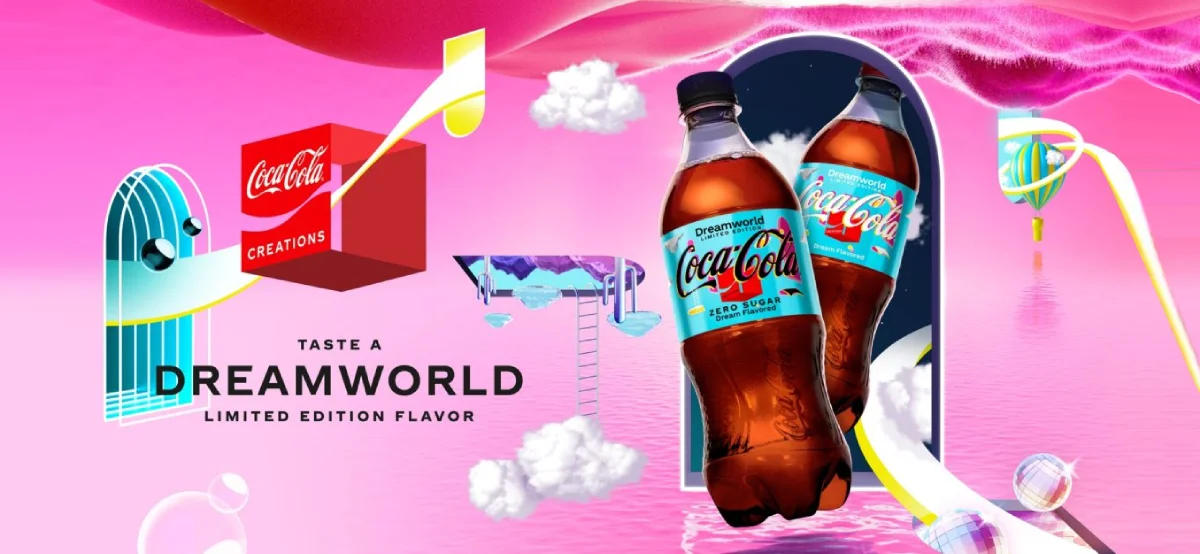
How to prepare your company for the wave of the Metaverse
If you need a professional agency to advise you, develop the idea you have in mind and accompany you throughout the process, tell us about your case and together we will design the project that makes the most sense for your business.
SIMILAR CONTENT


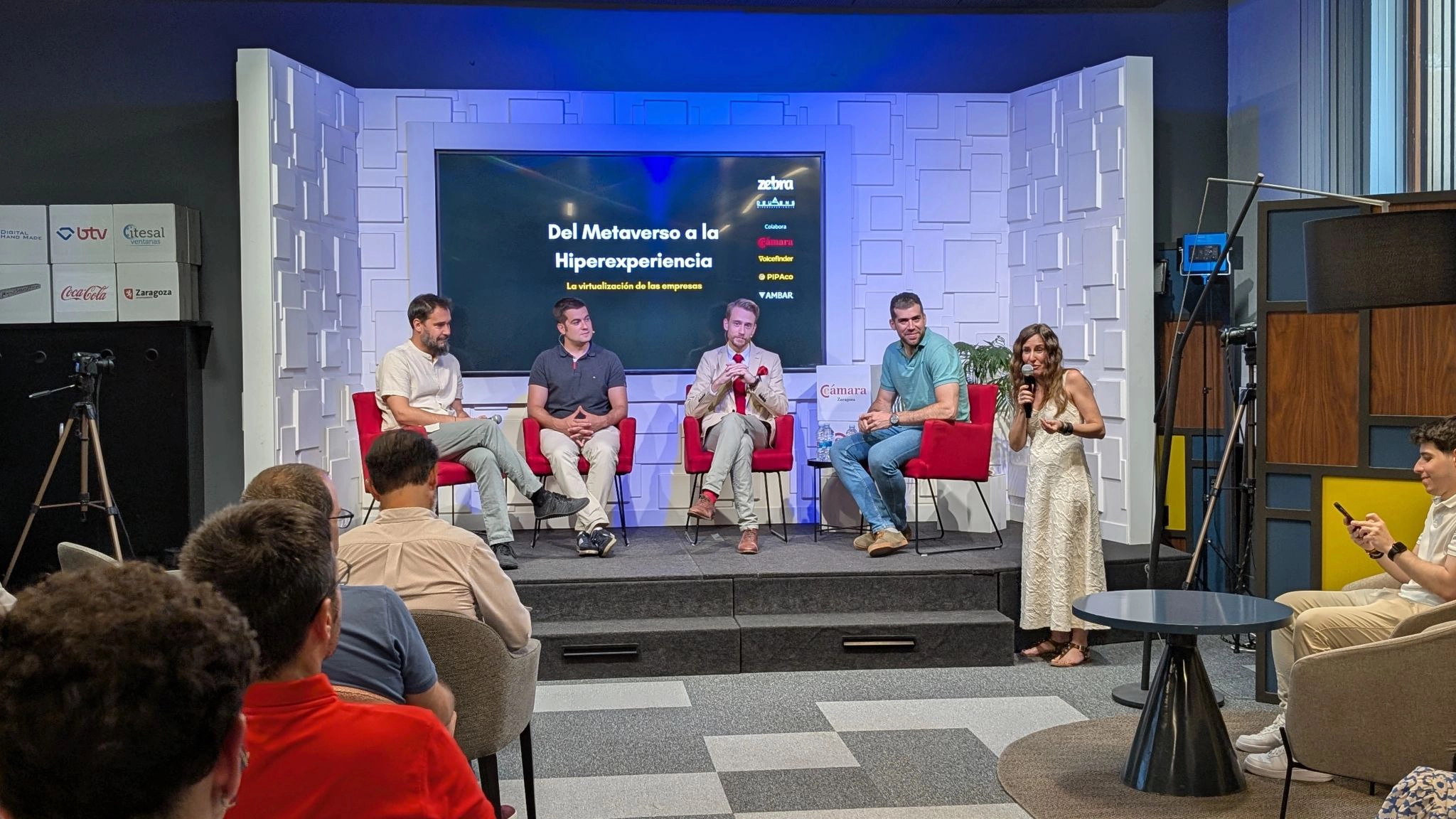









 RETURN
RETURN
